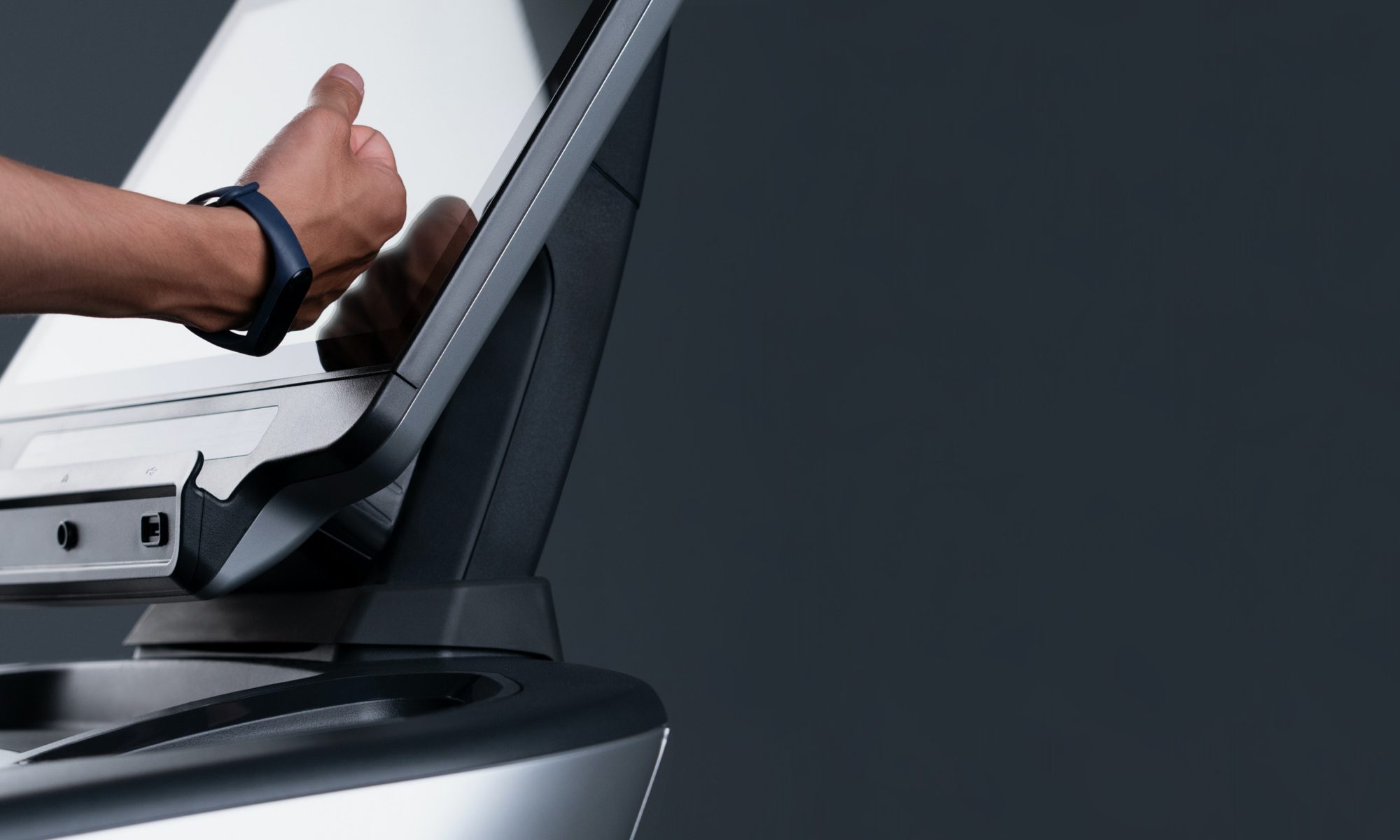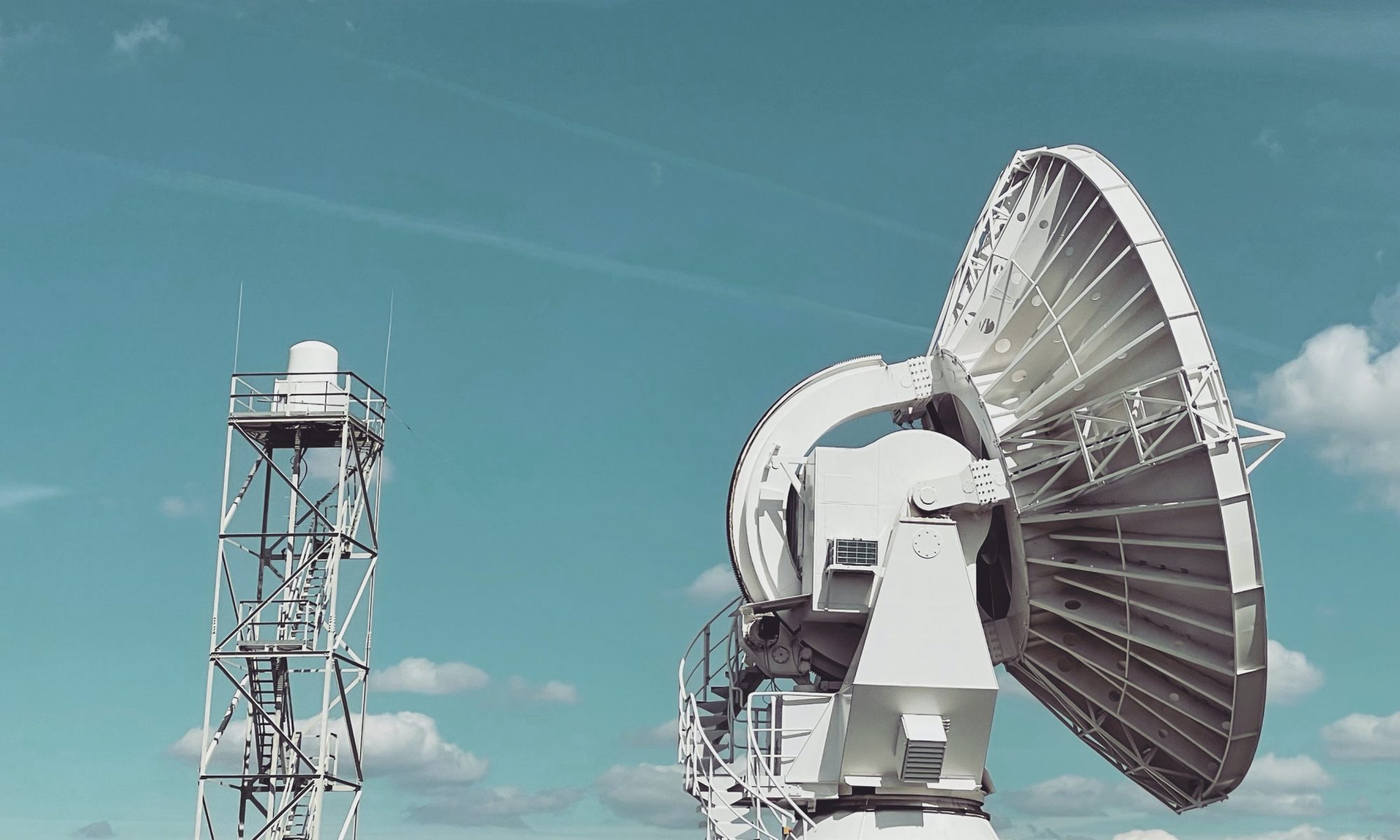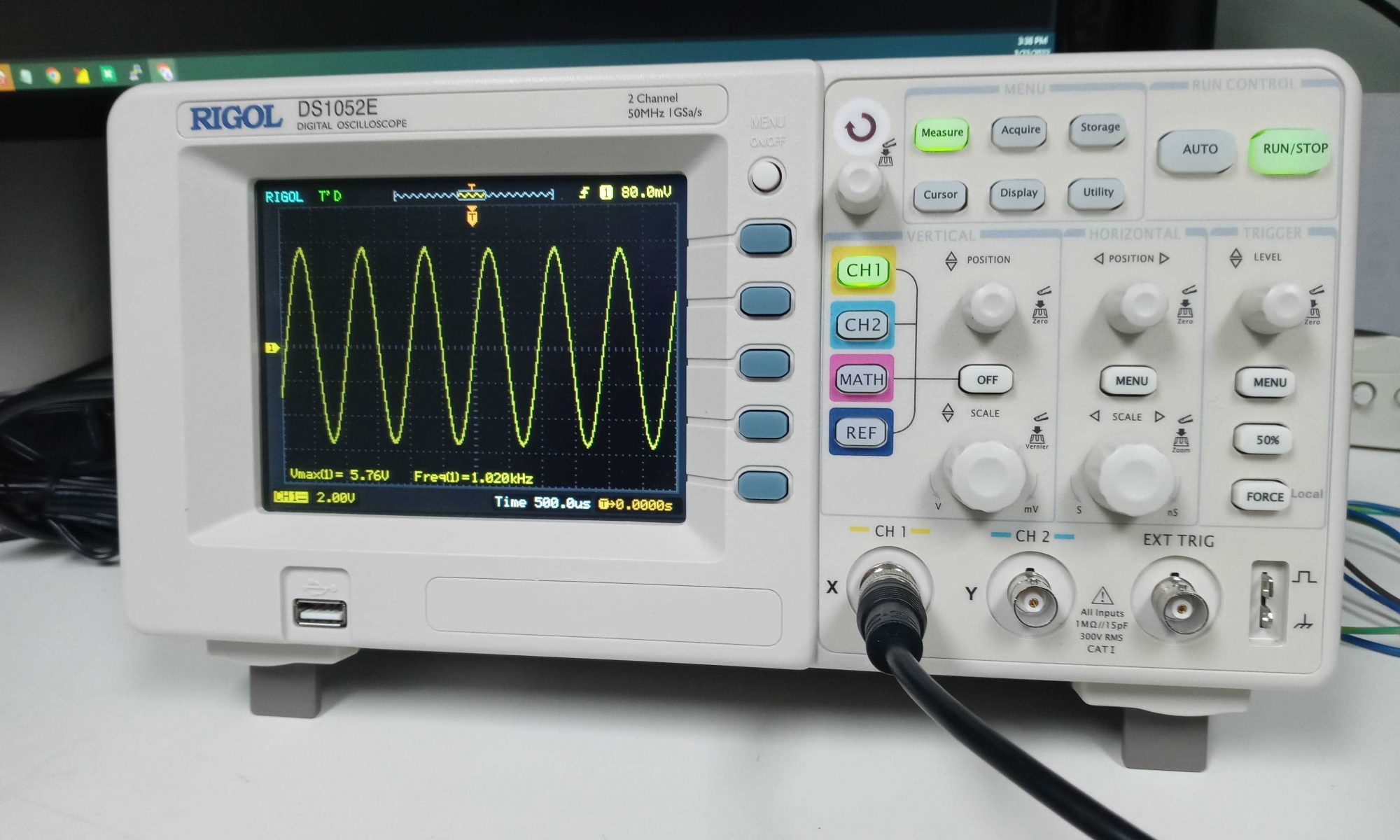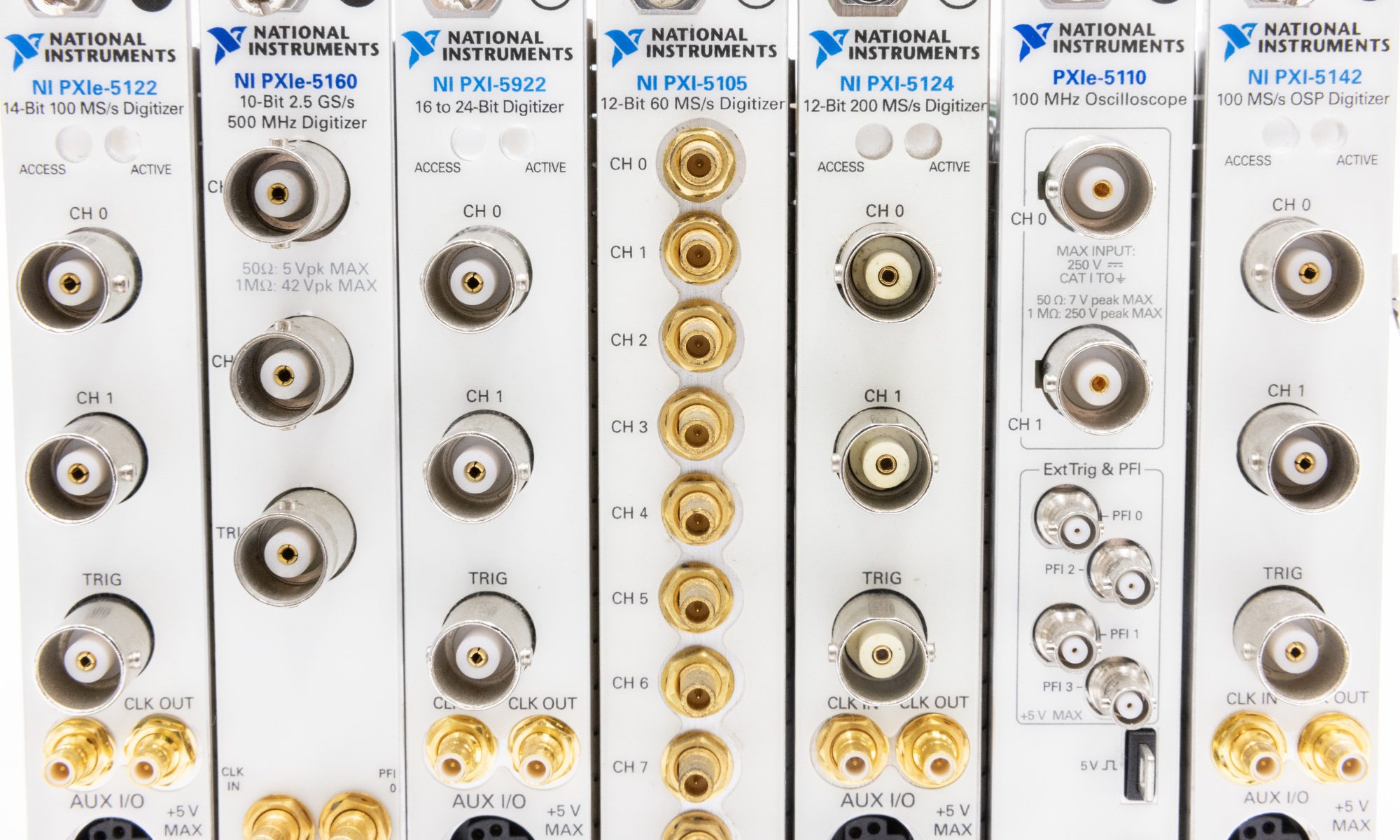For decades, NI has joined forces with various companies and organizations to achieve shared goals and spur technological innovation forward. While their collaborative efforts with innovative powerhouses such as NASA are well known, they are worth looking back on to celebrate achievements. This post will take a brief look at four notable collaborations between NI and other companies.
Continue reading “NI: A History of Collaboration and Innovation”Developing a Multi-Protocol UHF RFID Test Platform
Radio Frequency Identification (RFID) technology has transformed the way we interact with objects and data, enabling automatic identification and data retrieval. However, the complexity of Ultra-High Frequency (UHF) technology, coupled with a multitude of standards and RF parameter measurement challenges, has led to incompatibility among RFID products and significant testing difficulties.
Continue reading “Developing a Multi-Protocol UHF RFID Test Platform”Solving the Flight-Critical Radar Challenge
In the world of aerospace engineering, some projects demand both ingenuity and innovation to overcome seemingly insurmountable obstacles. One such case involved an aging and failing beam steering controller (BSC) used in a flight-critical radar system. The task at hand was to replicate the intricate waveforms of this obsolete BSC, and time was of the essence, with just a few weeks to design and replace the critical component. In this blog post, we explore how a team of experienced engineers tackled this challenge, leveraging cutting-edge technology and a brilliant solution to achieve success.
Continue reading “Solving the Flight-Critical Radar Challenge”A Quick Guide to Waveform Shapes and Measurements
Waveforms play a vital role in ensuring the dependability, precision, and efficiency of test and measurement systems and devices. The waveforms displayed on the graph screen of an oscilloscope provide a convenient visualization for critical information about the signals under test, such as their properties, performance, and behavior. This post will serve as a quick and convenient guide to the importance of waveforms, some common shapes, and different types of measurements!
Continue reading “A Quick Guide to Waveform Shapes and Measurements”NI and the Hydro-Mechanical Fuel Test Facility
The collaborative efforts of Oregon State University and the Idaho National Laboratory truly paid off in the formation of the Hydro-Mechanical Fuel Test Facility. Equipped with advanced hardware and software technology from National Instruments, this state-of-the-art facility continues to play a pivotal role in qualifying a new prototypic nuclear fuel for high-performance research reactors.
Continue reading “NI and the Hydro-Mechanical Fuel Test Facility”The ModuMan 100: A Robotic Marvel for Nuclear Decommissioning
In the quest for safer and more efficient nuclear decommissioning processes, engineers push the boundaries of robotics to develop cutting-edge solutions that could withstand the harshest environments. One remarkable creation to emerge from this effort was the ModuMan 100 – a modular robotic manipulator designed to tackle remote handling tasks in hazardous nuclear decommissioning applications. In this blog post, we delve into the fascinating case study of the ModuMan 100 and explore how it revolutionized the future of nuclear decommissioning.
Continue reading “The ModuMan 100: A Robotic Marvel for Nuclear Decommissioning”NI Oscilloscopes: Optimizing Your Signal Analysis
As products innovate, testing also becomes more complex. With a greater need for precise timing and synchronization, proper measurements, and reduced downtime, what are the next steps for your test system? In a recent webinar titled “3 Ways to Optimize Signal Analysis with NI Oscilloscopes”, the NI team discusses how these issues can be addressed using NI hardware and solutions.
Continue reading “NI Oscilloscopes: Optimizing Your Signal Analysis”Case Study Recap: Developing a DAC System for Jet and Rocket Engine Testing
In the world of aerospace propulsion, hot-fire testing plays a critical role in ensuring the safety, reliability, and performance of jet and rocket engines. However, developing a real-time data acquisition and control (DAC) system for such testing comes with its own set of challenges. In this blog post, we’ll explore how engineers tackled these obstacles and successfully implemented a state-of-the-art DAC system using National Instruments LabVIEW Real-Time and the NI PXI platform.
Continue reading “Case Study Recap: Developing a DAC System for Jet and Rocket Engine Testing”Scientific Notation for Beginners
Managing both extremely large and incredibly small numerical numbers is a necessity for scientific and technical fields. Working with measurements of either extreme is incredibly complex, and it is simpler to work with numbers when they are written in an abbreviated form called scientific notation. This post will serve as a beginner’s guide to the “how” and “why” of scientific notation.
Continue reading “Scientific Notation for Beginners”















